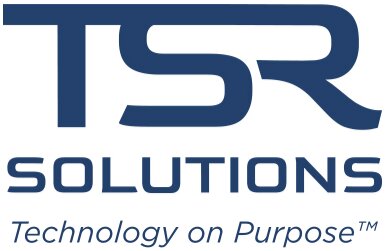 Artificial intelligence is revolutionizing the workplace. From streamlining operations and automating customer service to summarizing meetings and drafting emails, tools like ChatGPT, Google Gemini, and Microsoft Copilot are becoming standard in small and mid-sized businesses.
Artificial intelligence is revolutionizing the workplace. From streamlining operations and automating customer service to summarizing meetings and drafting emails, tools like ChatGPT, Google Gemini, and Microsoft Copilot are becoming standard in small and mid-sized businesses.
With great innovation comes great risk, especially when it comes to business continuity, data security, and compliance. If not used correctly, these AI tools can expose your most sensitive information without anyone realizing it.
Let’s break down the hidden risks and what your business can do to stay protected.
The Real AI Risk: It is Not the Tech, It is How You Use It
Many business owners assume AI tools are just smarter versions of Google but there is a critical difference: when you enter data into public AI platforms, that information might be stored, analyzed, or even used to train future models.
Take the 2023 incident with Samsung. Engineers pasted proprietary source code into ChatGPT while troubleshooting. That information became part of the platform’s training data—prompting an immediate company-wide ban on public AI tools.
Now imagine one of your employees pasting client health records or financial data into a chatbot to get “a quick summary.” Without safeguards, your company could be the next cautionary tale.
Introducing a Growing Threat: Prompt Injection Attacks
Beyond accidental leaks, there is a more dangerous risk rising fast—prompt injection.
In these attacks, hackers embed hidden instructions into documents, emails, or websites. When an AI tool interacts with that content, it can be manipulated into executing commands, disclosing data, or even interacting with malicious systems all without user knowledge.
This is not theoretical. It is already happening in the wild. AI systems trained to “help” can be tricked into hurting your business, simply by processing tainted content.
Why Small Businesses Are Especially Vulnerable
Larger enterprises are beginning to build internal policies and monitoring around AI, but most SMBs are still in the early stages or worse: completely unaware of the risks.
- Employees install AI tools without vetting them.
- There is no centralized policy on what data can be shared.
- IT teams are not monitoring how or where AI is used.
- There is often an assumption that security is "built-in."
This false sense of security is what makes small businesses such appealing targets for attackers.
Four Ways to Secure Your Business and Use AI Responsibly
The solution is not to ban AI. It is to use it smartly, securely, and with a strategy. Here is how:
1. Establish a Clear AI Usage Policy
Set expectations. Define:
- Which AI tools are approved for business use
- What data is off-limits (e.g., PII, financials, internal files)
- Who employees can contact for guidance
2. Train Your Team on AI Security
Run regular workshops or onboarding sessions. Teach staff about:
- Prompt injection examples
- What “training the model” actually means
- Real-world case studies of AI misuse and breaches
3. Use Business-Grade AI Platforms
Avoid free or consumer-grade tools. Opt for AI tools with built-in compliance, auditing, and administrative controls like:
- Microsoft Copilot
- Google Workspace Duet AI
- Industry-specific, secure LLM integrations
4. Monitor and Restrict AI Usage as Needed
Work with your MSP or IT provider to:
- Track which AI platforms are in use
- Set up network or browser controls to block unapproved tools
- Establish incident response workflows in case of AI misuse
Protect Your Business Continuity from the Inside Out
When it comes to AI, it only takes one accidental input to expose your client data, violate HIPAA or GDPR compliance, or trigger a costly breach.
At TSR Solutions, we help small and mid-sized businesses implement responsible AI use while maintaining their cybersecurity posture, incident response readiness, and data protection standards.
Want help building your AI usage policy or evaluating your security risks?
👉 Book a free consultation and let’s ensure your business stays ahead of the curve without compromising safety or productivity.
If you are looking for more AI resources, check out our AI Resource Library.



